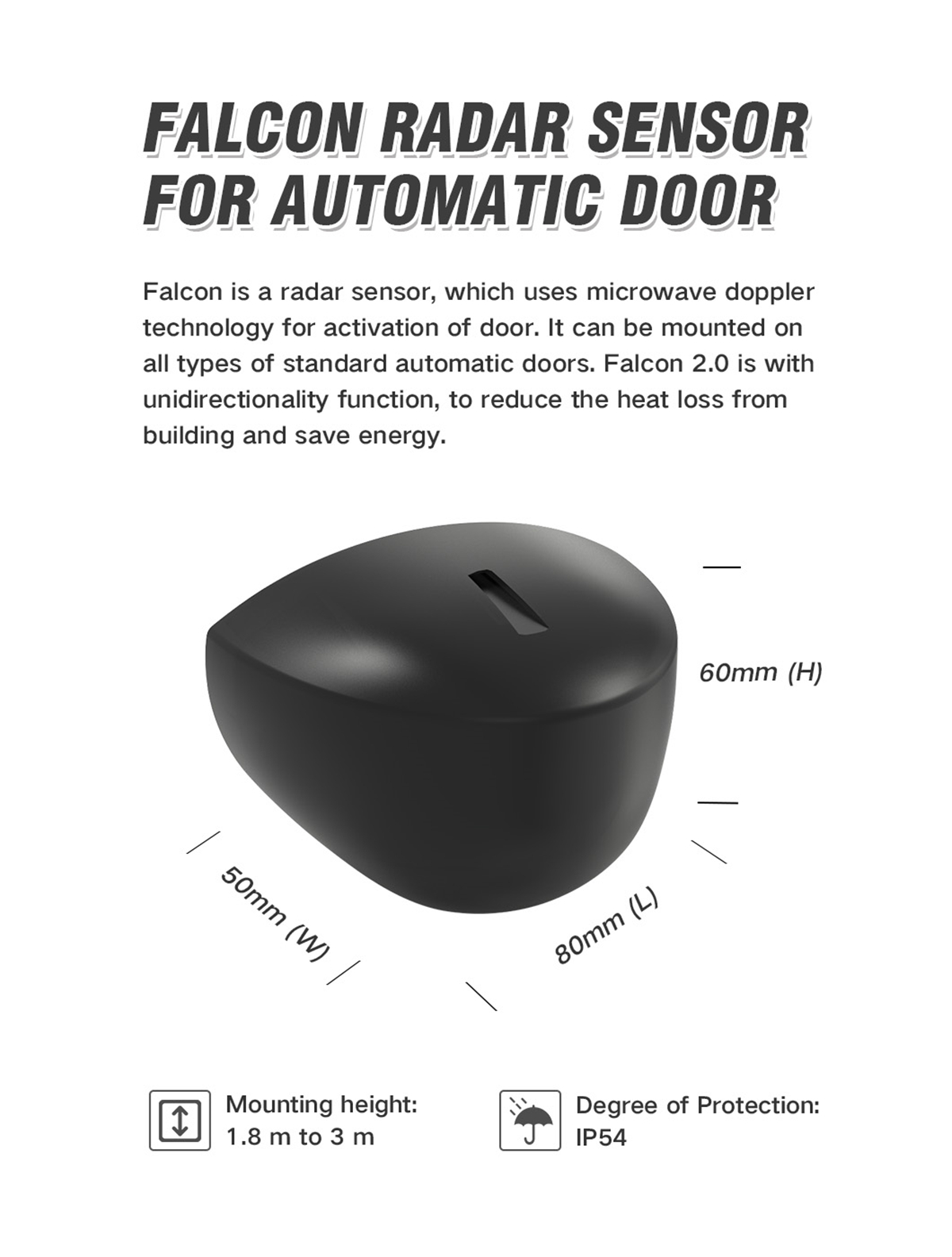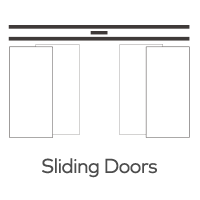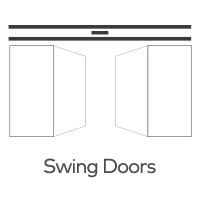How do automatic revolving door sensors work?
Automatic revolving doors have become an iconic feature of modern architecture, offering both aesthetic appeal and energy-efficient access control. At the heart of these innovative entrances are automatic revolving door sensors, which play a crucial role in ensuring smooth operation, safety, and convenience for users. In this article, we'll take a closer look at how these sensors work and the technology behind their operation.

The Purpose of Automatic Revolving Door Sensors
Automatic revolving doors serve a dual purpose. They provide a convenient and energy-efficient way for people to enter and exit a building while also maintaining an effective environmental seal to prevent conditioned air from escaping and outdoor air from entering. To accomplish this, automatic revolving door sensors play a pivotal role in detecting the presence of users and controlling the door's movement.
How Automatic Revolving Door Sensors Work
1. Motion Detection: The primary function of these sensors is to detect the motion of individuals approaching the door. They use various technologies to achieve this, including passive infrared (PIR) sensors, microwave sensors, or ultrasonic sensors.
PIR Sensors: PIR sensors detect changes in infrared radiation caused by the movement of warm-bodied objects. When a person approaches the door, the sensor detects the change in heat signature and triggers the door to start rotating.
Microwave Sensors: Microwave sensors emit continuous microwave signals and monitor their reflection. When a person enters the detection zone, the sensor detects the change in signal reflections and activates the door.
Ultrasonic Sensors: Ultrasonic sensors send out high-frequency sound waves and listen for their echoes. When a person enters the detection area, the sensor detects the echoes and triggers door movement.
2. Activation: Once the sensor detects motion, it sends a signal to the door's control system, signaling the need for activation. The control system processes this information and determines the appropriate action, which can include starting or stopping the door's rotation.
3. Directional Control: Automatic revolving doors can rotate in two directions – typically clockwise and counterclockwise. The control system uses the sensor's input to determine the direction the door should rotate to allow safe entry or exit.
4. Safety Features: Revolving doors are equipped with multiple safety features to protect users. Sensors are designed to monitor the presence of people and objects within the door's moving sections, ensuring that it stops or reverses if an obstruction is detected.
5. Speed Control: Sensors can also influence the speed of the door's rotation based on user traffic and safety considerations. If there are many people entering or exiting, the sensor may adjust the door's speed for optimal efficiency.
Conclusion
Automatic revolving door sensors are the unsung heroes of these modern entrances, providing the intelligence required for smooth, safe, and efficient operation. They rely on motion detection technology, such as PIR, microwave, or ultrasonic sensors, to monitor the presence of users and communicate with the door's control system. These sensors not only offer convenience but also contribute to energy savings by maintaining a tight environmental seal. Understanding the inner workings of these sensors helps users appreciate the technology that powers these iconic and practical architectural features.







